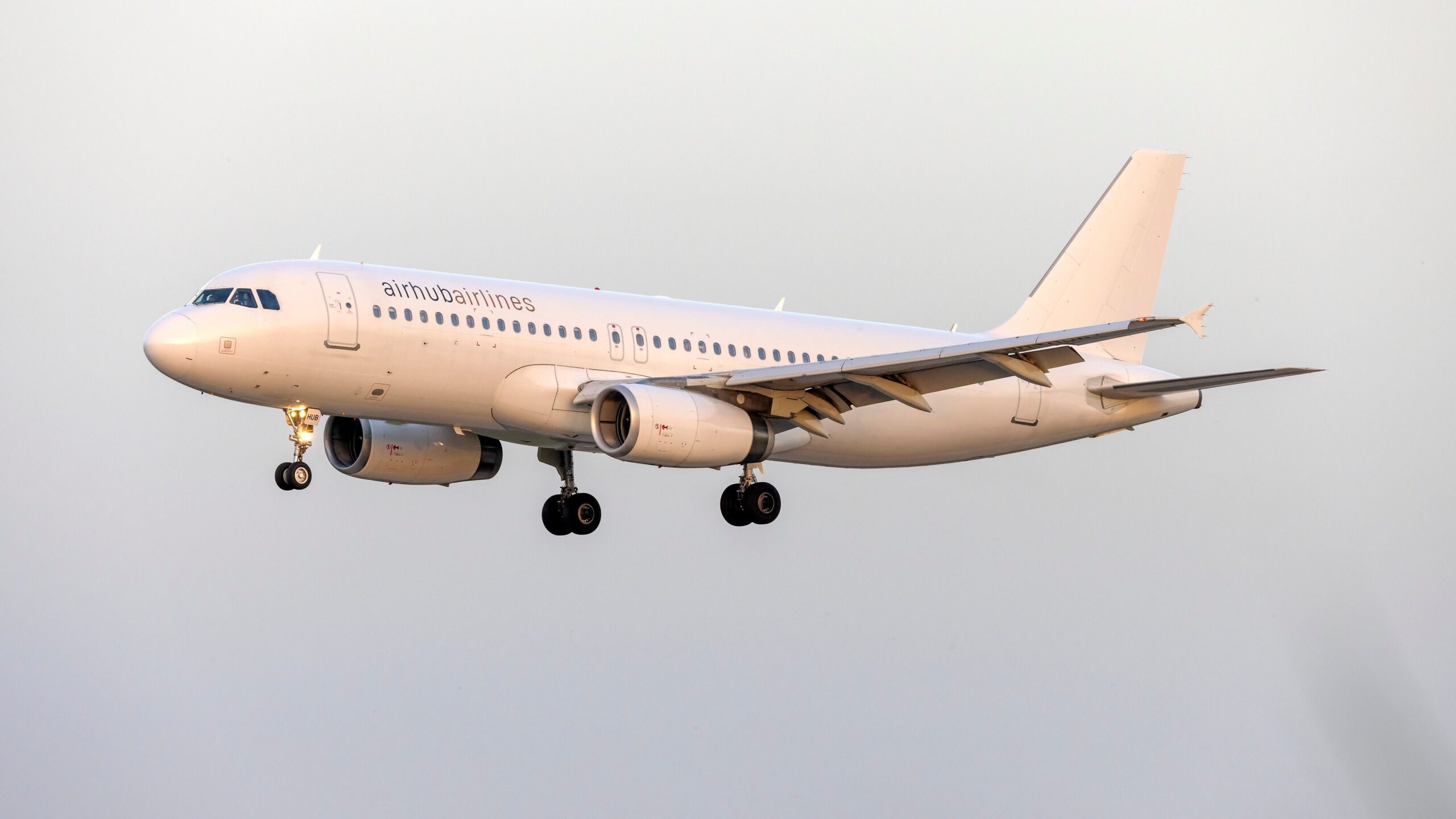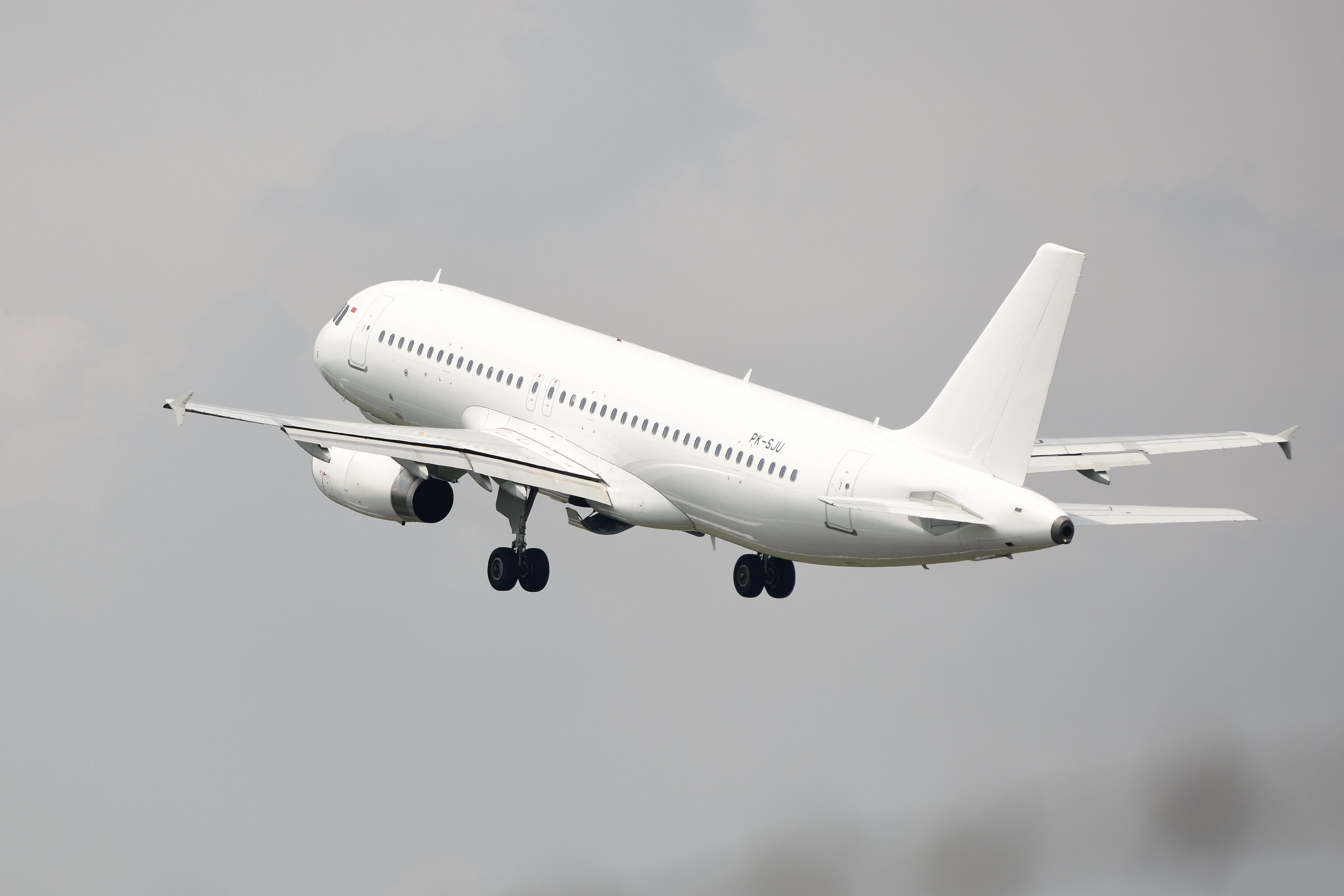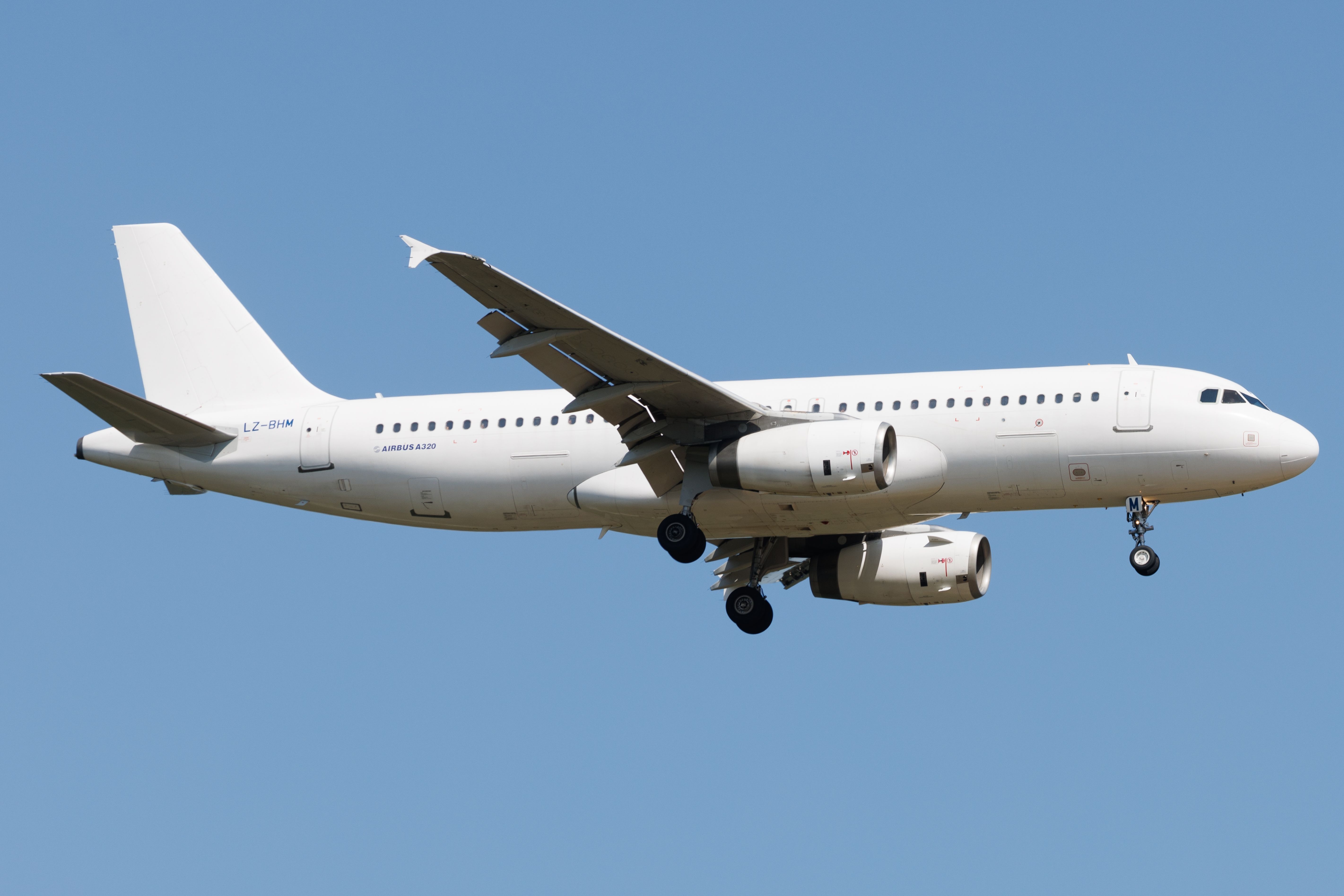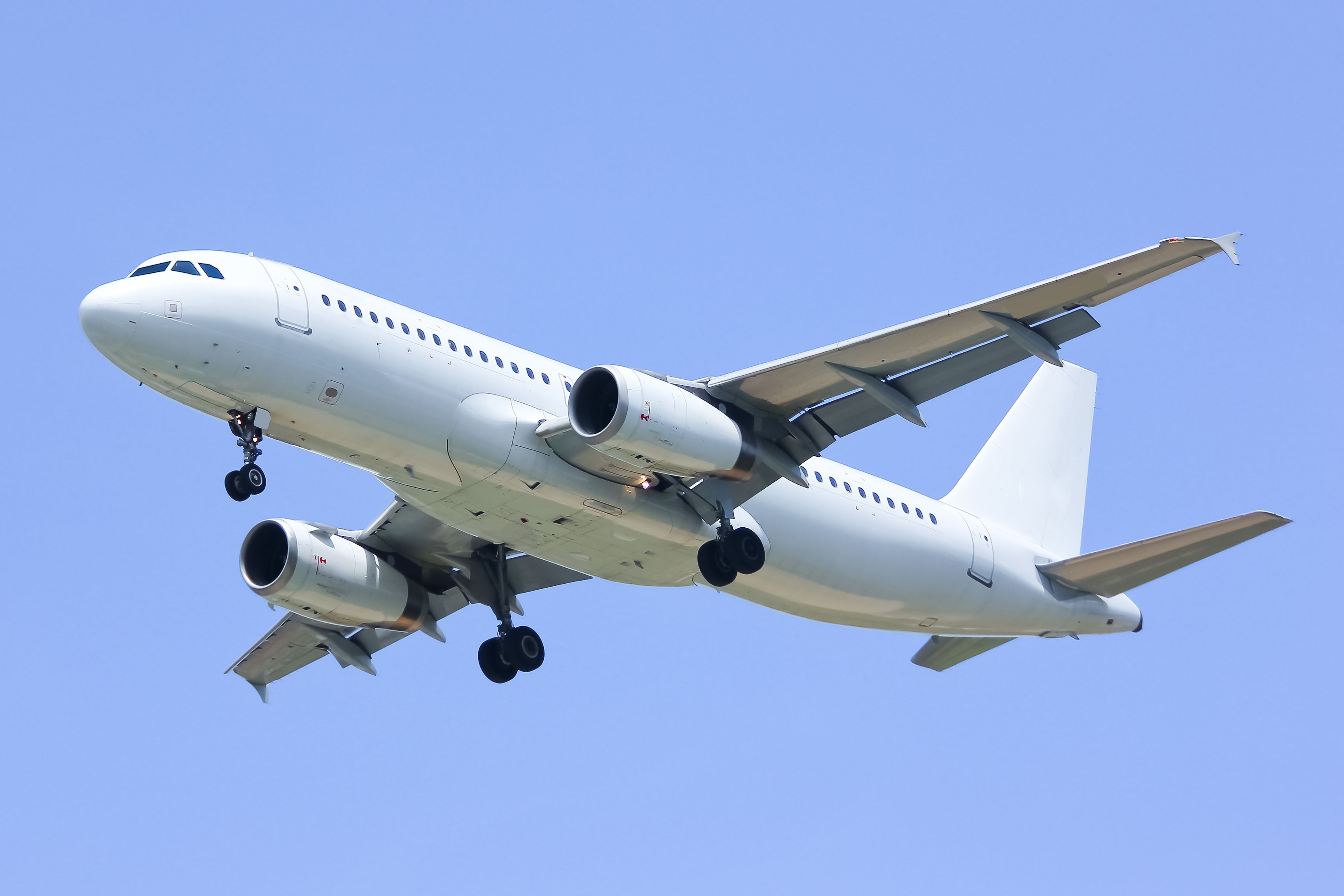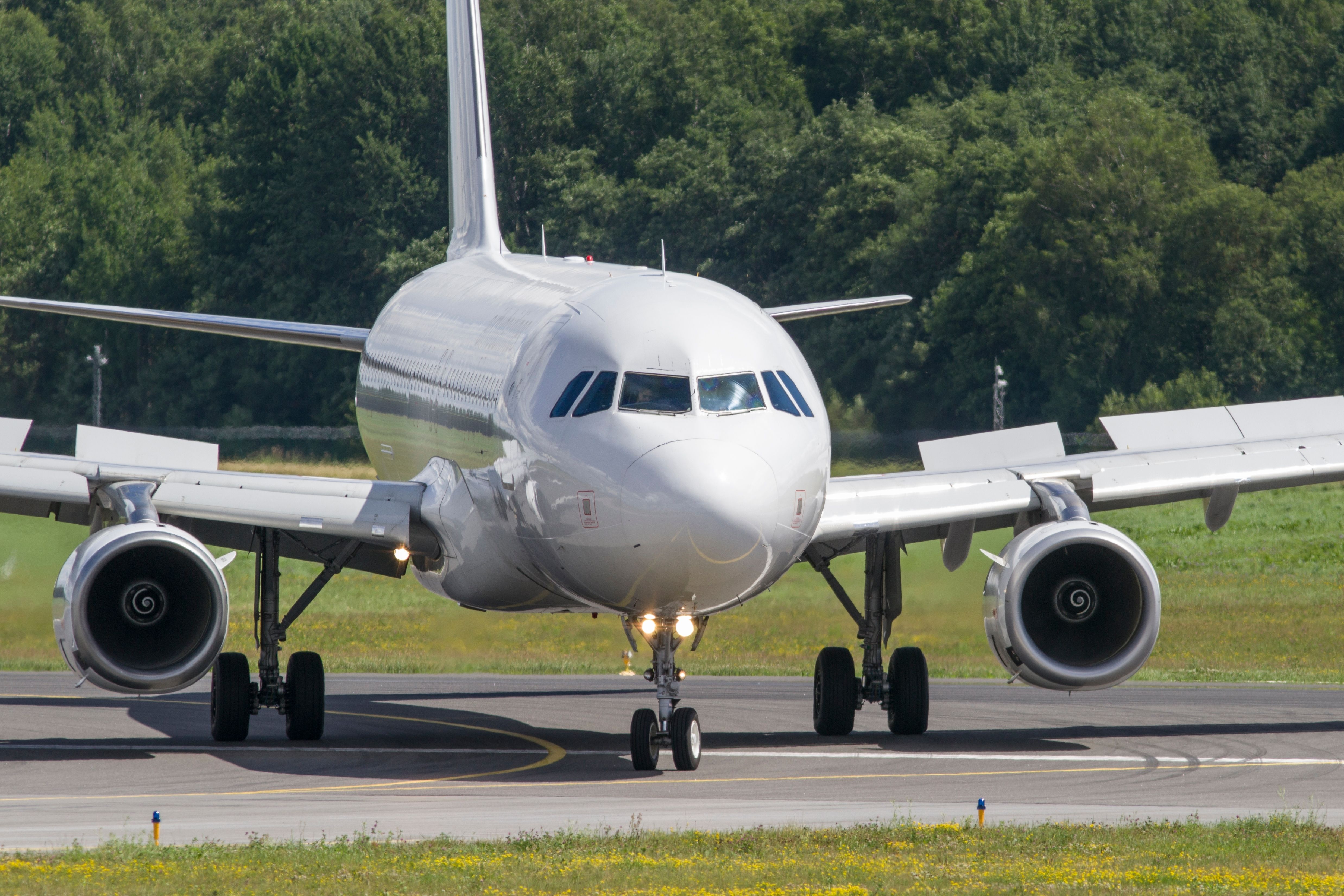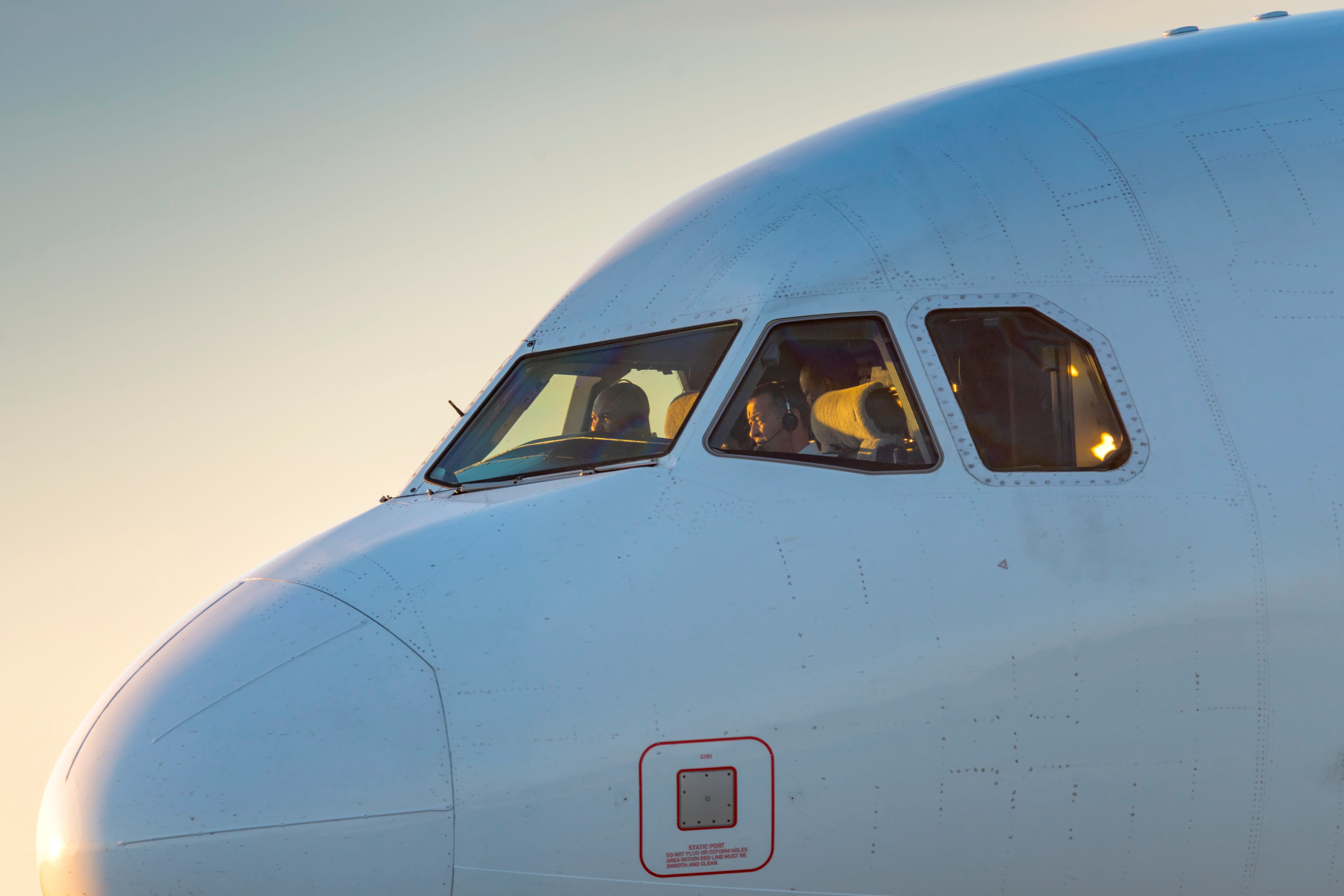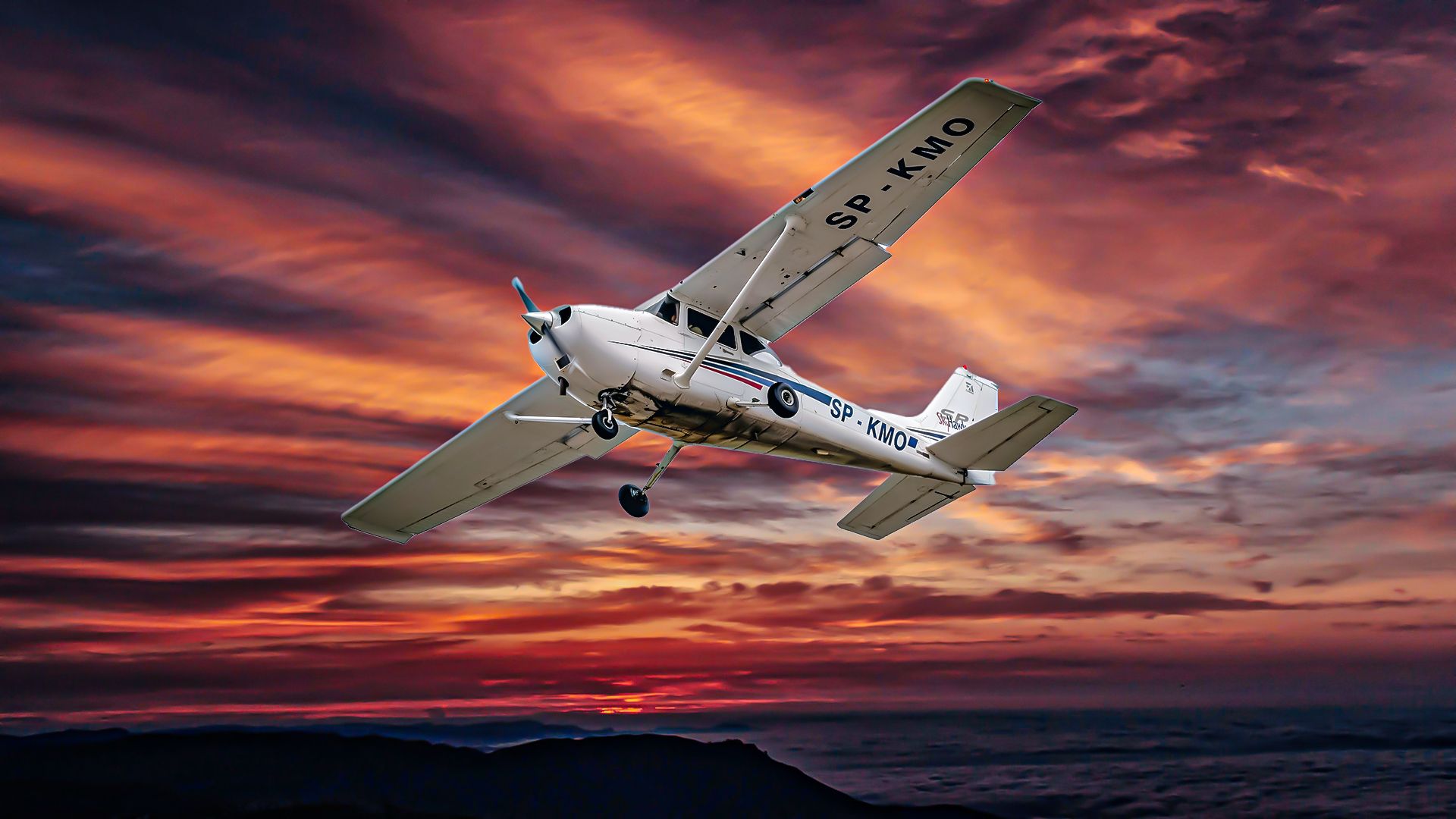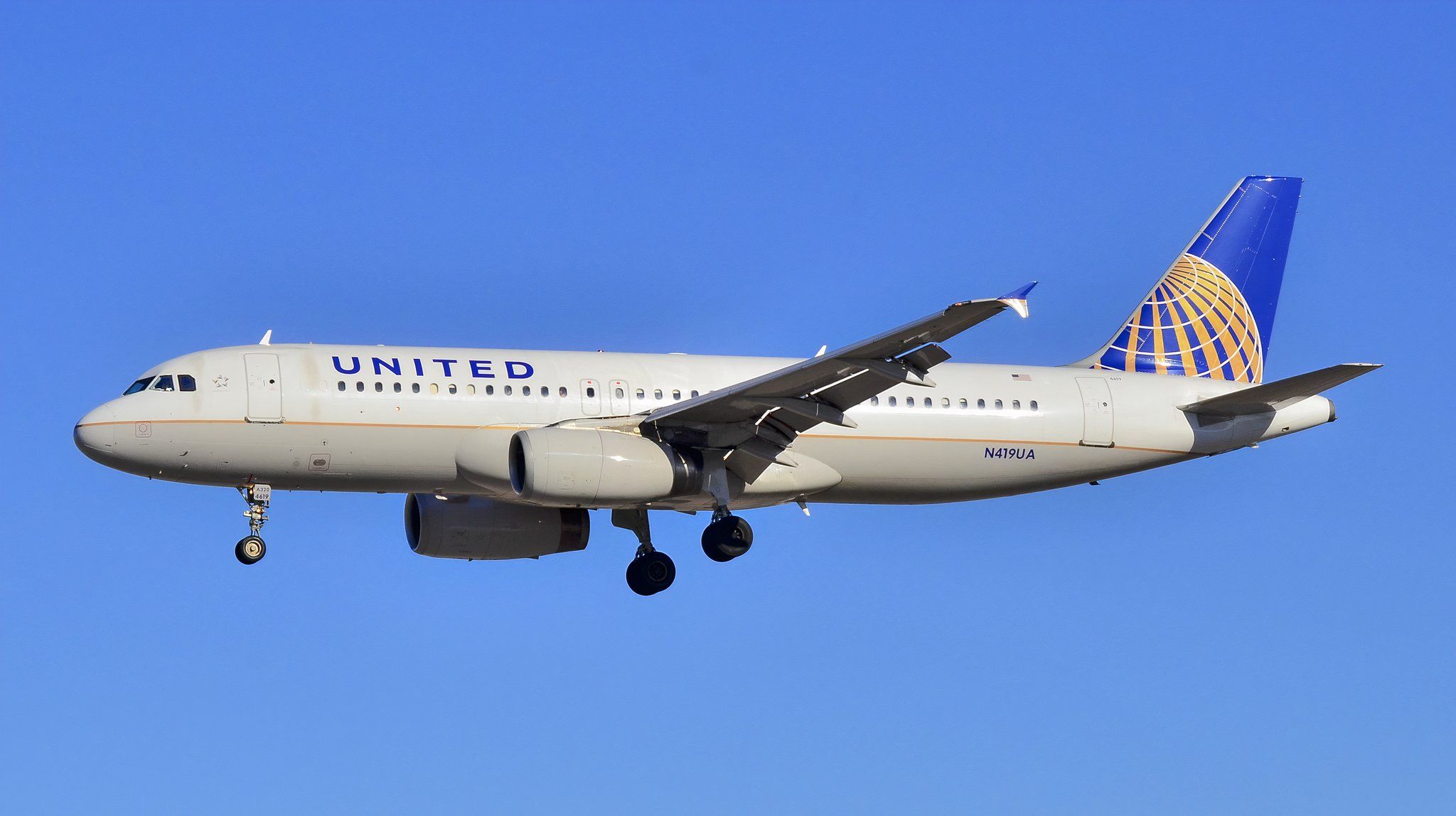Summary
- An Airhub Airlines Airbus A320ceo, operating a fligth on behalf of Norwegian Air Shuttle, almost hit the ground while landing at Paris Charles De Gaulle International Airport (CDG).
- On its initial approach, the aircraft’s lowest radio altimeter (RA) height was 6 feet (1.8 meters).
- After the French BEA issued six initial safety recommendations with the incident’s preliminary report, the investigators issued another six with the final incident report, which was published on July 11.
The French Bureau of Enquiry and Analysis for Civil Aviation Safety (Bureau d’Enquêtes et d’Analyses pour la sécurité de l’aviation civile, BEA) has released a report about an incident involving an Airbus A320ceo, which almost impacted the ground at Paris Charles De Gaulle International Airport (CDG).
Lower than the actual altitude
According to the final incident report published by the BEA on July 11, an Airbus A320ceo, registered as 9H-EMU, operating on behalf of Norwegian Air Shuttle (Norwegian), was involved in an event where the aircraft almost impacted the ground just short of the runway at CDG.
The aircraft belonged to Airhub Airlines, part of the GetJet Airlines group of companies, a Malta-registered aircraft, crew, maintenance, and insurance (ACMI) and charter operator. The incident at CDG happened on May 23, 2022.
The BEA detailed that since work was being carried out on the instrument landing system (ILS) on runway 27R at CDG, the flight crew made the decision to land at the airport using a satellite approach with barometric vertical guidance, also known as the required navigation performance (RNP) approach down to lateral navigation (LNAV)/vertical navigation (VNAV) minima.
Photo: Cahyadi HP | Shutterstock
The investigators detailed that the flight crew, who were flying the aircraft in a rain shower that severely affected visibility, were given an incorrect altimeter setting (QNH) with a difference of 10 hPa.
As a result, the flight crew initiated its approach with a QNH setting of 1011 hPa instead of 1001 hPa, meaning that the A320ceo was approaching CDG “on a vertical profile that was parallel to but around 280 [feet] (85 [meters]) below the published vertical profile.”
.jpeg)
Related
Seconds From Impact: Wrong Pressure Reading Leads To Paris Airbus A320 Close Call
The error was due to a miscommunication with ATC and saw the aircraft descend too low to the ground before reaching the runway threshold.
Undetectable error
The BEA noted that the design of instrument flight rules (IFR) procedures was based on normal operations without taking into account an incorrect altimeter setting. The operating procedures of the two pilots and air traffic controllers (ATC) did not prevent the usage of the incorrect altimeter setting.
“Furthermore, neither the aeroplane’s instruments nor the air traffic controller’s tools were designed to detect this type of error.”
However, during the event, a minimum safe altitude warning (MSAW) was triggered inside the ATC tower at CDG, with the controller asking the pilots of the Airhub Airlines aircraft whether everything was okay using incorrect and inappropriate communication.
The Norwegian flight, which was operated by the Airhub Airlines A320ceo, took off without any abnormalities from Stockholm Arlanda Airport (ARN) at 9:30 UTC. At 11:32 UTC, an ATC based at CDG cleared the aircraft to descend to 6,000 ft (1,828 m) when they proceeded to give an incorrect QNH value of 1011 hPa instead of 1001 hPa. The flight crew repeated the incorrect QNH value.
Photo: Kevin Hackert | Shutterstock
The ATC proceeded to clear the A320ceo to descend to 5,000 ft (1,524 m) at 11:34, repeating the incorrect QNH. At 11:35, the controller cleared another aircraft to descend to the latter altitude with the incorrect altimeter value, with that aircraft’s pilots reading back the instruction with the correct altimeter value of 1001 hPa. The difference was not noted by the ATC.
Yet when the same controller cleared an Air France aircraft to descend to the same altitude, they provided the correct hPa value. The conversation between the ATC and the Air France pilots occurred in French.
“The correct QNH was then transmitted in English, two other times while NSZ4311 was still on the frequency.”
Missing the ground by 6 ft or 1.8 m
The pilots continued the approach and, as instructed by the ATC at the tower, contacted the north tower (N TWR) controller to proceed with the landing at CDG. While the approach procedures went according to the pilots’ configuration of the landing, at 11:41, the N TWR controller received the MSAW alert.
At that time, the aircraft was at an indicated altitude of 919 ft (280.1 m) at 1011 hPa, which translated to 645 ft (196.5 m) at 1001 hPa and 239 ft (72.8 m) at radio altimeter (RA) height, which was 1.5 nautical miles (1.7 miles, 2.7 kilometers) off the runway threshold.
Photo: nitinut380 | Shutterstock
At the decision altitude (DA), the flight crew initiated a go-around at 11:41, telling the BEA that they did not have any external visual references to continue the landing. Nine seconds after the MSAW was triggered, the controller inquired the Airhub Airlines pilots whether they were okay and whether they saw the runway.
In follow-up interviews, the A320ceo’s pilots said that they did not remember hearing the ATC’s inquiry following the MSAW. Shortly after the controller’s monologue, the autopilot (AP) disengaged, and the captain of the flight made a nose-up input to almost full deflection.
Three seconds later, the aircraft reached its lowest altitude, which was 679 ft (206.9 m) QNH 1011, 405 ft (123.4 m) QNH 1001, and the minimum recorded and corrected RA height of 6 ft (1.8 m). At that point, the throttles were set to the Take-off/Go Around (TOGA) detent.
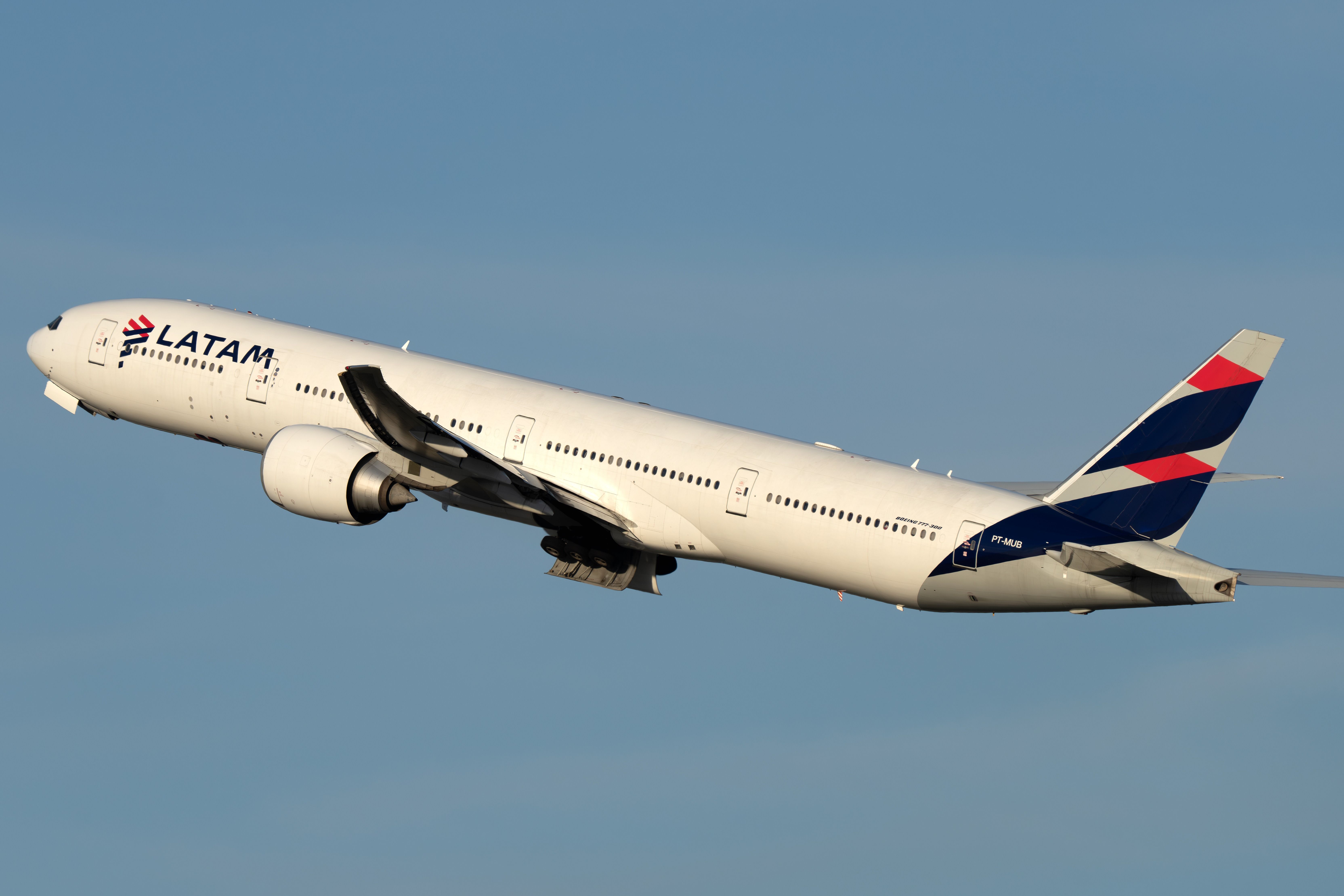
Related
Video: LATAM Boeing 777-300 Severe Tail Strike Incident At Milan Airport
A video showed the aircraft scraping its tail on the runway for several seconds before the Boeing 777-300ER lifted off.
Second MSAW alert
The flight crew successfully initiated the go-around. Shortly after, a south tower (S TWR) controller assistant informed an N TWR controller assistant that someone had forgotten to turn on the approach lights for runway 27R. Subsequently, the N TWR controller turned on the approach lights, but following the omission and the MSAW alert, their N TWR assistant took over their duties, and a new N TWR assistant took over.
After the N TWR controller informed the crew to contact the arrival (ITM) controller for the second approach, the latter ATC informed the Airhub Airlines pilots to expect an RNP approach and, later, cleared the A320ceo to land.
The BEA highlighted that even during the second approach, neither the flight crew nor ATC was aware of the erroneous altimeter setting that “once again put the aeroplane on a vertical profile which was around 280 ft [85.3 m – ed. note] below the published vertical profile.”
Photo: Renatas Repcinskas | Shutterstock
Still, the pilots continued their approach, and at 11:55, the new N TWR controller received the second MSAW alert during the second attempt to land at CDG. The ATC inquired whether everything was okay, and the pilots responded that they had been established on their path and had visual references.
At 11:56, with an indicated altitude of 1,227 ft (373.9 m) QNH 1011, 954 ft (290.7 m) QNH 1001, and 602 ft (183.4 m) RA, the pilot flying (PF) made a nose-up input on his sidestick. As a result, the AP and flight directors (FD) turned off, with the flight crew telling the French investigators that they had established the visual references well above minima.
The Norwegian flight, operated by Airhub Airlines, landed at CDG at 11:57. The A320ceo was carrying six crew members and 172 passengers on the regularly scheduled flight. After an initial probe, the BEA declared this to be a ‘serious incident.’
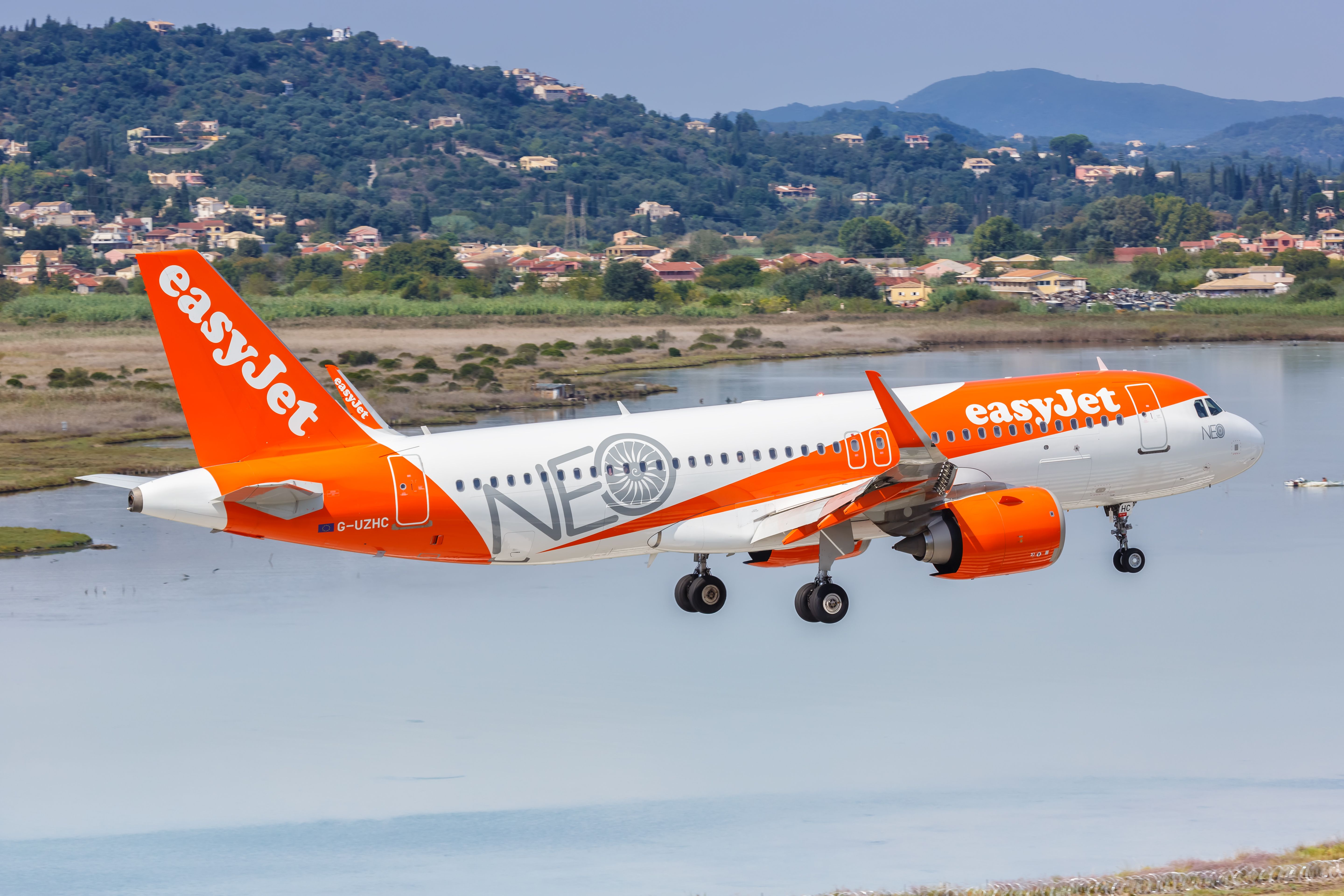
Related
easyJet Landing Being Probed After Airbus A320neo Was Just 230m Over Lake Geneva
The pilots quickly initiated a go-around to avoid a collision with terrain.
Six additional safety recommendations
The BEA concluded that three main factors had contributed to the incident, including human error when communicating the QNH, operating procedures for crews and ATC, and onboard and ground systems that are not very robust or effective against such incidents.
Contributing factors included but were not exclusive to the approach lights being off, the absence of a ground proximity warning system (GPWS) onboard the Airhub Airlines aircraft, a late trigger of the MSAW, and a late and inadequate reaction to the MSAW alert from the ATC.
Photo: dentorson | Shutterstock
As such, the French investigators warned that unless European Union (EU) regulations do not change between now and 2030, primarily driven by the implementation of Regulation (EU) 2018/1048, known as ‘IR-PBN,’ the safety of approaches will decline as more ILS approaches will become baro-VNAV landings.
The six new recommendations that the BEA drafted and published in its final report about the incident from May 2022 were as follows:
- Reassessment of the controlled flight into terrain (CFIT) risk and associated mitigation measures in relation to incorrect QNH settings for baro-VNAV approaches
- Maintaining the safety of approaches despite the implementation of ‘IR-PBN’ regulations
- Ground systems to detect incorrect QNH settings
- Onboard terrain awareness warning systems (TAWS)
- Training controllers to respond to MSAW alerts
- Implementation of a safety management system (SMS) at the French ATC provider Direction des Services de la navigation aérienne (DSNA)
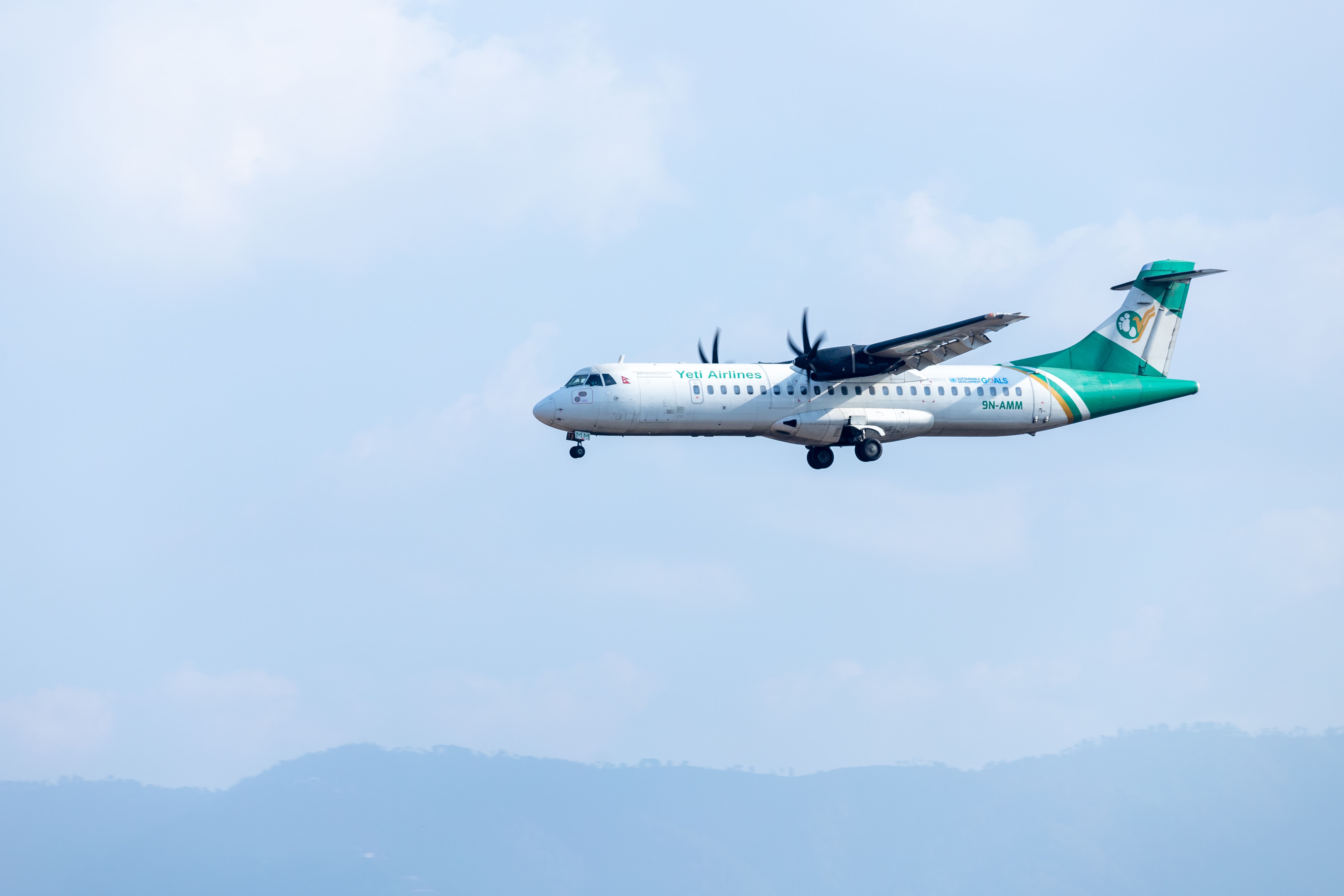
Related
Nepal Formally Attributes Fatal Yeti Airlines Crash To Human Error
Pilots accidentally moved the propeller controller level into the feathered position, resulting in the accident that claimed the lives of 72 people.

